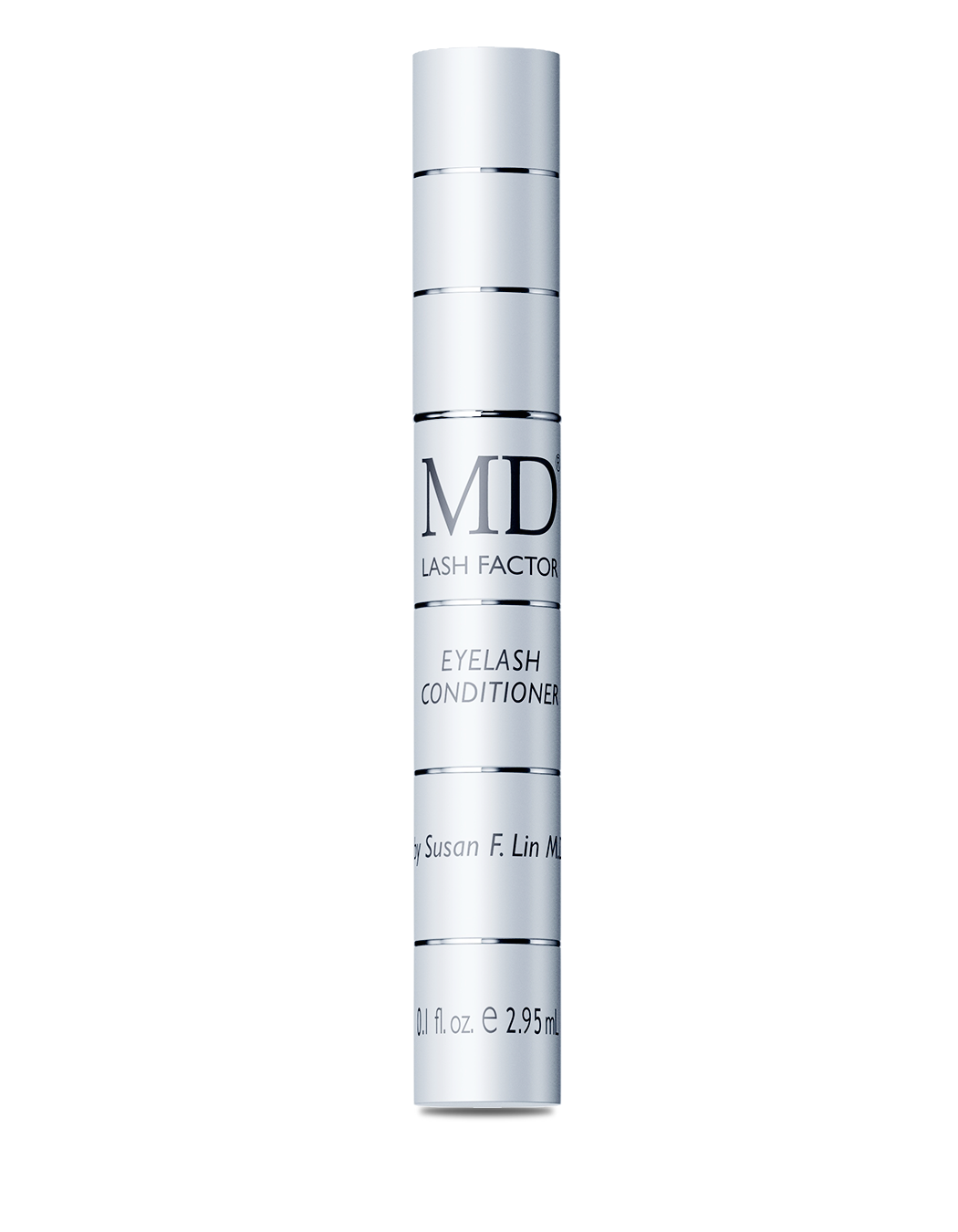How Do the Calorie Needs of Children and Adults Differ?
While caloric needs of children do differ from adults, they also differ according to the age of the child. As an infant, they need nutrients, especially vitamins and minerals, to develop properly. Breast milk and formula are great options at this stage of life because both are formulated to provide exactly what a baby needs.
But as a child gets into the toddler stage, the focus should shift from liquid and soft foods to whole foods with more protein and calcium to build strong bones and teeth. As far as calories, this equates to 1,230 per day for boys ages 1-3 and 1,165 for girls. As the child grows older, this requirement steadily increases according to chart below.
| AGE | BOYS | GIRLS |
| 4-6 | 1,715 | 1,545 |
| 7-10 | 1,970 | 1,740 |
| 11-14 | 2,220 | 1,845 |
| 15-18 | 2,755 | 2,110 |
Percentage-wise, their caloric breakdown should be 45-65% carbohydrates, 5-20% protein and 30-40% healthy fat for children 1-3. By the time they reach age 4 (and up through age 18) the recommended carbohydrate percentage stays the same, but the protein shifts to 10-30% and healthy fats to 25-35% of their daily caloric intake.
As you can see by the chart, that is a lot of calories for a child to consume. And because their stomachs are small, they fill up easily, so they have to eat more often than adults in order to get their full daily caloric requirement.
Under age 5, children should be eating full-fat dairy products and oily fish for the healthy fats, but limited on foods that contain a lot of fiber. Because fiber is filling, they may get full and not be able to eat the recommended amount of nutrients and minerals.
But as they move into school, age 5 and up, their eating schedule should shift toward that of an adult; eating breakfast, lunch and dinner with a snack in the morning and afternoon. Foods should contain a lower amount of healthy fats, salt and sugar, and higher fiber. Fresh fruits and vegetables are great choices.
By knowing how many calories your child should consume (and about how many calories they actually are consuming), you can prevent them from becoming part of the statistic of 15% of the kids are overweight and another 15% are at risk of joining them. Most of this is due to bad eating habits, lack of exercise and a lack of supervision from parents.
By letting a child become overweight, or worse yet obese, you are setting them for a lifetime of low self-esteem and at a higher risk of developing several health issues, some of which can be life-threatening. Don’t do that to your child. Teach them how to eat right.







